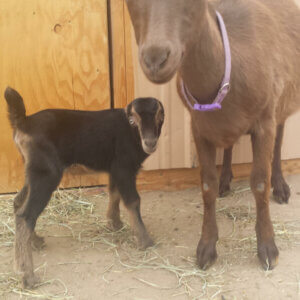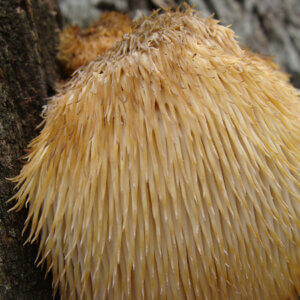
- Purpose: Ornamental
- Eggs: White
- Egg Size: Medium
- Color: Wide Variety
- Comb Type: Single Large Comb
The American Game Fowl may be as close as we can get to what chickens were originally like. Brightly feathered, fierce survivalists, these chickens have a complicated past as fighting birds.
Being called a gamefowl should tip you off that these birds are a bit wilder than most. Whereas breeds like the Cornish Cross have forgotten pretty much anything to do with survival, the Gamefowl is a superb flyer, brooder, and forager. If you are looking for an intelligent, self-sufficient bird that can take care of itself, this gorgeous chicken may be the one for your backyard flock.
Many owners are also re-purposing the breed as ornamental show birds. Their gorgeous plumage and proud statures certainly warrant the admiration!
He’s A Fighter, Not A Lover
Scrappy, stately, and bad-to-the-bone, the fiercely territorial nature of the cocks of this breed are an indication of their historical use as fighting birds. Though this practice is now illegal in every state of the USA as of August 2008, no one told the chickens it was time to stop fighting. Due to the congenital, bellicose spirit of the cockerels (better known as stags), it is generally advised that they should be separated from the flock as soon as they reach maturity, for both their own safety and the safety of any other male birds (and owners!).
No one wants a bloodbath in their front yard, and the stags are known to fight the death. As such, if you’re looking for a gentle, personable pet chicken, you’re better off with a friendly, feathery Brahma or Spotted Sussex.
Though they are incredibly hardy in every other way, the game fowl’s large combs and wattles are prone to frostbite. Dubbing was historically used to reduce the risk of fighting birds being injured in the pit and consequently prevent damage to cold. Now, it is a breed standard and done for purely aesthetic reasons. Much like the traditional docking and clipping of pit bull dogs’ tails and ears for similar purposes, it is the responsibility of the owner to make the decision they believe is most humane and kind for their animals.
What’s The Yield?
With hundreds of years of breeding going into this bird to make it a tough, intelligent fighter, not an egg layer or table bird, the yield from these chickens does not really merit their use as a dual-purpose chicken. The hens instinctively brood their white eggs, so it may be feasible to include them in your flock as brood mothers with excellent survival instincts!
What’s Special About The American Gamefowl?
Getting introduced to this breed may feel like stumbling into a secret society. Unlike most chicken breeds, the American Gamefowl is further named by lineage strains such as Marsh Butchers, Sweaters, Kelsos, and so on. These names hearken back to the historical owners of notable pit cocks whose stamina, strength, or particular moves were prized and thus used to breed similar fighters.
Pictures Of American Game Fowl Chickens
Resources
- The American Gamefowl, The Game Cock
- American Gamefowl, Feathersite
- American Game Fowl Society National Show, Clemson University
- American Gamefowl, Keeping Chickens
- Louisiana House Passes Cockfighting Ban, WAFB
- American Game Fowl, Wikipedia








































